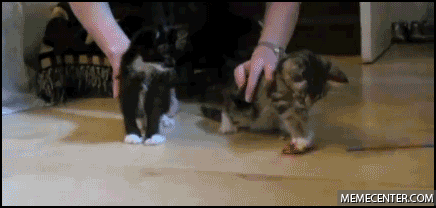FL Sizing does not make the cases last as long as possible... the less you move brass, the longer it lasts.
If you have a very tight chamber, you might have problems with the web-ring getting tight - but for that problem, you need to size the base with a ring die (click die) once in a while (a better solution it to open up a bit in the back of the chamber a few thou).... but with most chambers, the web ring cannot expand enough to be a problem... cuz it has a very limited amount that it can expand - these are problems that come about with minimum body chambers.
Maximum accuracy comes with the best (tightest) fit of the case (along with other factors)... anything less is detrimental to accuracy.
Resistance on closing the bolt might cause problems IF you have lapped the lugs and left then with a rough ground surface - but if the bolt lug surface is clean and smooth, they will not gall at all.
One of my 40-XB is on it's 6th barrel, and every case fired in it was a tight, crush fit - the lugs were never greased, just a light oil, and there is no gall.




